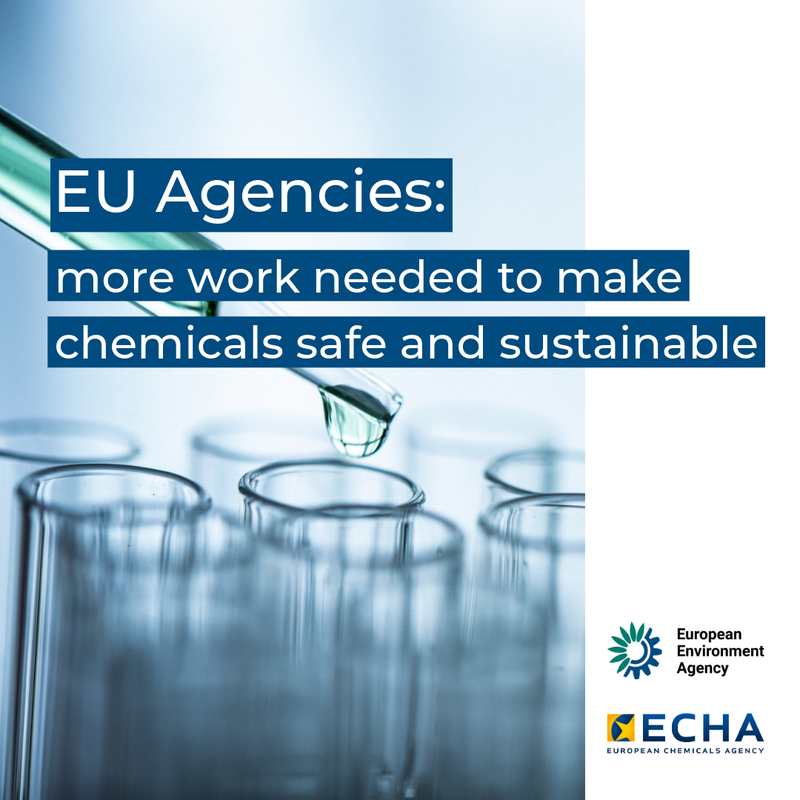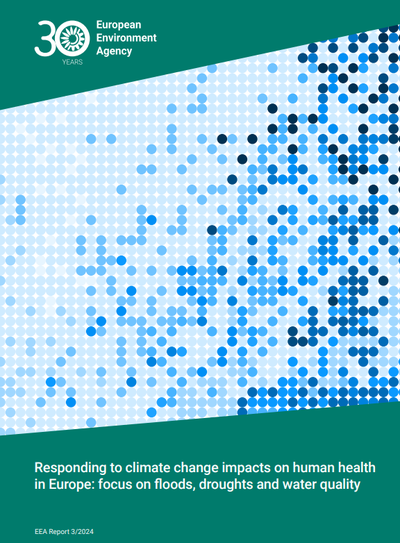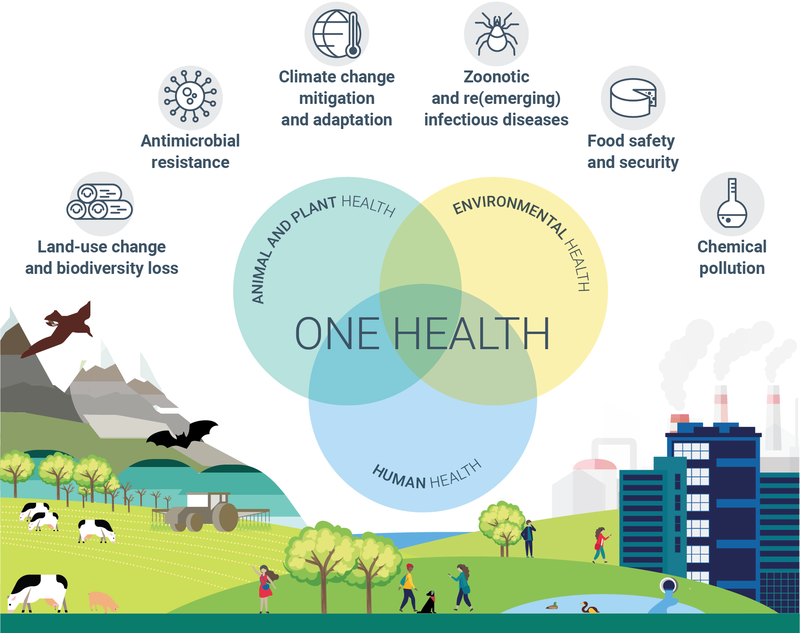All official European Union website addresses are in the europa.eu domain.
See all EU institutions and bodiesBy improving air, water, and soil quality and limiting pollution released to nature, the EU has significantly contributed to enhancing human health in the last five decades. Yet, many vulnerable groups continue to be impacted by environmental degradation and climate change. Further improvements can help keep Europeans healthier and better equipped to cope with climate change impacts.
A healthy and pollution-free nature allows Europeans to live longer and healthier lives. But despite significant progress, harm to the environment and a changing climate continue to affect public health.
Climate change is also aggravating the health effects of extreme weather events, such as heatwaves and flooding. And these effects are far from equal across the EU. Some groups, like low-income communities, the elderly, and children, have a much higher chance of suffering the consequences of an unhealthy environment and climate change.
The EU’s Zero Pollution Action Plan aims for pollution levels that are no longer considered harmful to our health and ecosystems. Other initiatives under the European Green Deal also aim to reduce exposure to pollution and its health impacts.
When it comes to the transition towards safer and more sustainable chemicals, although it is progressing in some areas, in others it is just beginning. This is the finding of a first, joint Europe-wide assessment of the drivers and impact of chemical pollution by the European Environment Agency (EEA) and the European Chemicals Agency (ECHA)

Progress on 2030 zero-pollution targets but stronger action is needed
The monitoring and outlook assessment, jointly published by the European Commission's Joint Research Centre and the EEA, provides an overview of the EU's work to meet the 2030 zero pollution targets.
EU policies have contributed to reducing air pollution, pesticide use and plastic litter at sea, according to the assessment. However, pollution levels are still too high, in particular from harmful noise, microplastic realeases into the environment, nutrient pollution and waste generation.
The EEA has also developed a monitoring assessment dashboard to provide an overview of key pollution trends and progress towards ero-pollution targets.
EU Agencies assess the drivers and impact of chemical pollution
The overall use of the most harmful chemicals (in particular those that are carcinogenic, mutagenic and reprotoxic) is still growing but more slowly than the overall chemicals market growth, according to the synthesis report by the EEA and the European Chemicals Agency (ECHA) on the EU indicator framework for chemicals. Pressure is increasing to avoid the use of so-called substances of concern and to implement the principles of the safe and sustainable by design framework.
There is a need to more effectively ensure that consumer products do not contain the most harmful substances, for example chemicals that are endocrine disrupting, that negatively affect the hormone system, or substances that are persistent, bioaccumulative and toxic, which present a risk for years to come even after their use has ceased.
The EEA, ECHA and the European Commission have developed a set of key indicators to support the goals of the strategy. The framework has an online dashboard and the indicators are also accessible through this dashboard.

How is the quality of the environment where you live and how does it affect you?

Who benefits from nature in cities?
Parks, urban forests, tree-lined streets and riverbanks support urban well-being by providing space for rest, relaxation and exercise, and by keeping temperatures down. However, not everyone across Europe enjoys equal access to green space in cities.
The EEA briefing reviews the evidence of socio-economic and demographic inequalities in access to the health benefits derived from urban green and blue spaces across Europe. It showcases examples of green spaces that were designed to meet the needs of vulnerable and disadvantaged social groups.
Climate health risks posed by floods, droughts and water quality
Climate change is worsening floods, droughts and is reducing water quality, posing an increasing threat to our health, according to an EEA report . Fast-tracking implementation and better coordination of efforts by governments, water authorities and healthcare providers are urgently needed to prevent and reduce health impacts.
Between 1980 and 2022, 5,582 flood-related deaths and 702 wildfire-related deaths were recorded across 32 European countries. Already today, one in eight Europeans lives in areas potentially prone to river floods and around 30% of people in southern Europe face permanent water stress. Climate change will further increase exposure of people to weather extremes with serious health consequences.

Dive deeper
What is the air quality like where you live?

One out of ten cancer cases in Europe are preventable
Cancer impacts the lives of many Europeans, with nearly 2.7 million new patients diagnosed and 1.3 million deaths each year in the EU-27.
Environmental and occupational exposure to pollutants and others risks contributes significantly to the high burden of cancer in Europe. However, all environmental and occupational cancer risk factors are largely preventable. Our report 'Beating cancer' provides a brief overview of the evidence on the environmental and occupational determinants of cancer in Europe and of EU policy responses.
What is the One Health approach?
Addressing threats to health and well-being requires implementing a One Health approach, recognising the interdependence of people, animals, plants and ecosystems. Applying such an approach can reduce the incidence and societal costs of disease outbreaks and other health threats. At the same time, the One Health approach can help reduce human pressures on the environment.
The EEA is working with the European Centre for Disease Prevention and Control (ECDC), European Chemicals Agency (ECHA), European Food Safety Authority (EFSA) and European Medicines Agency (EMA) to ensure that scientific advice by EU agencies is increasingly integrated and aligned with the One Health approach. Since 2023, this collaboration has been further strengthened by the establishment of a cross-agency task force on One Health.

More information
Other topics you might be interested in:
External links:
- World Health Organization One Health




